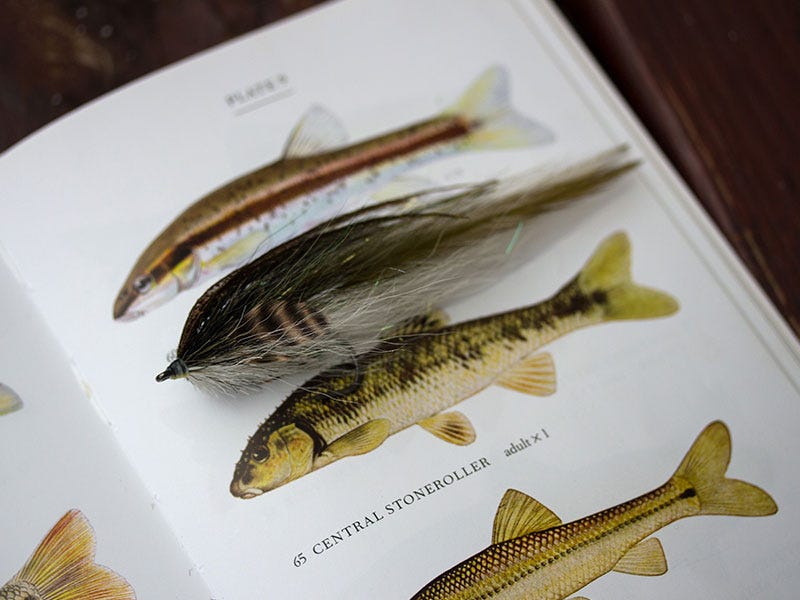A Fish Eat Fish World - Predator Fly Tying Pt. 1
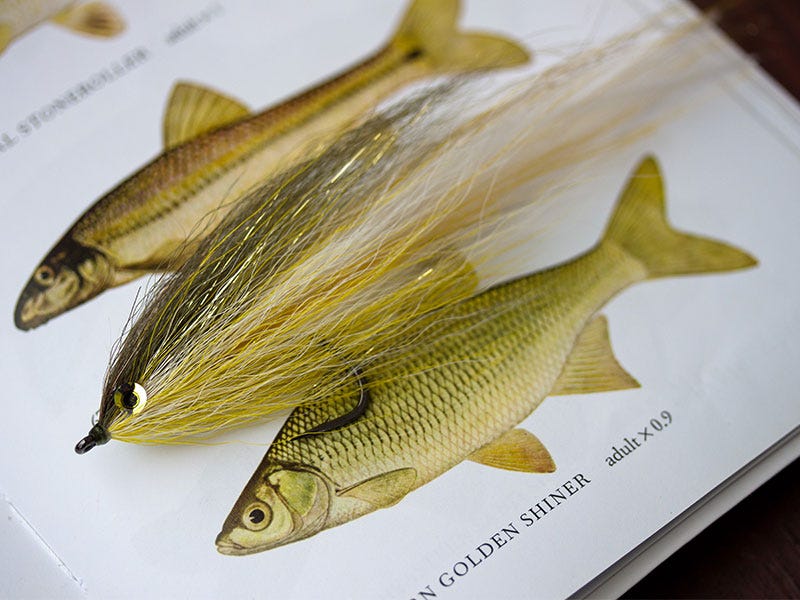
By Gunnar Brammer
Any time anglers talk about bass fishing immediately one can think of a fish-eat-fish world, and luckily, fish only come in a few basic shapes and sizes. These shapes and sizes are what I use to govern most of my fly choices relative to the predators I’m fishing for – where a musky may love the broad head and wide pectoral fins of a sucker imitation, the high and tight silhouette of a big bluegill is equally appealing to a double-digit largemouth bass!
High and Tight Silhouettes vs. Tubular
Among the forage fish of the world, it seems most can be separated into two outlying categories (with of course some wiggle room in between); a high and tight silhouette, where the forage is laterally compressed, resulting in it being taller than it is wide.
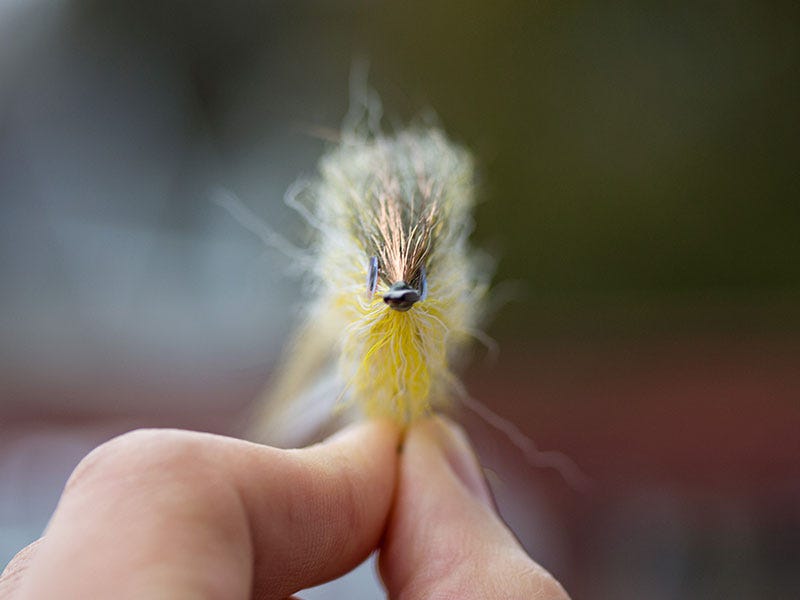
The other is a tubular or cigar-shaped profile, where the forage has a pronounced head and shoulders tapering down to the tail. Although these categories may seem extremely simplistic, understand that they are completely distinct from one another and immediately recognizable – kind of like the difference between a caddis pupa and a mayfly nymph. These differences are what lend themselves to forage recognition, which can play a critical role when fish are feeding on specific forage.
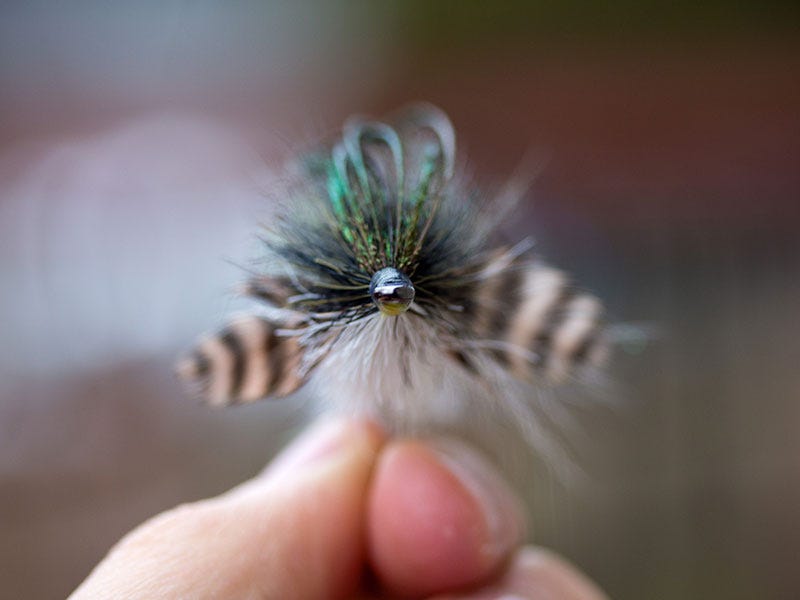
Designing flies to match these forage silhouettes can take on many forms, but my personal favorite is the tried and true Bucktail Deceiver, and its silhouette counterpart the BULKhead Deceiver, designed by Bob Popovics. Although I could go on and on about why I love each of these designs, which will certainly be apparent throughout this article, the greatest aspect of these designs lies within the fact that they are a platform from which to build off of. These flies allow you to retain the entirety of a Bucktail Deceiver, its action, size, and silhouette while feathering in detail to match more specific forages, thus allowing you to tailor it to your watershed and ultimately the predator and its prey.
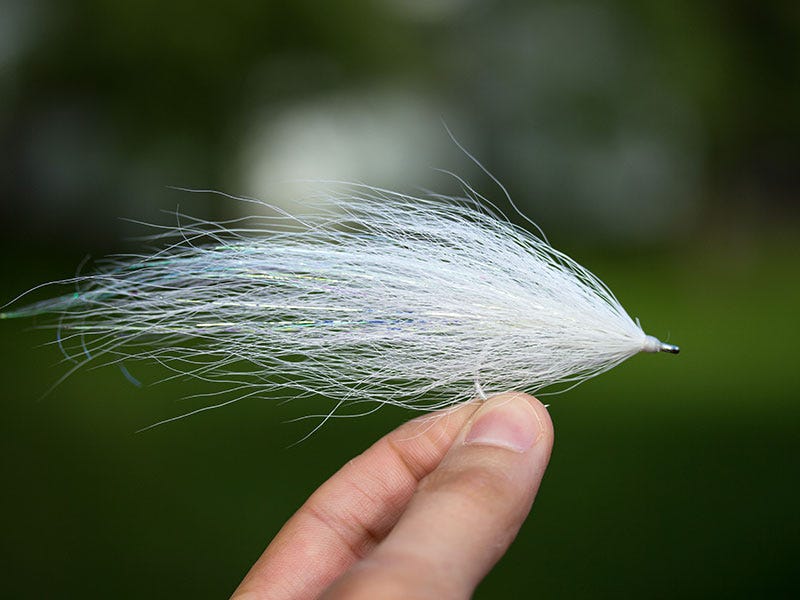
For an introduction to Bucktail Technique with respect to forage silhouette watch: Gunnar's Beginner Predator Flies Pt. 1 - YouTube Tutorial and Gunnar's Beginner Predator Flies Pt. 2 - YouTube Tutorial
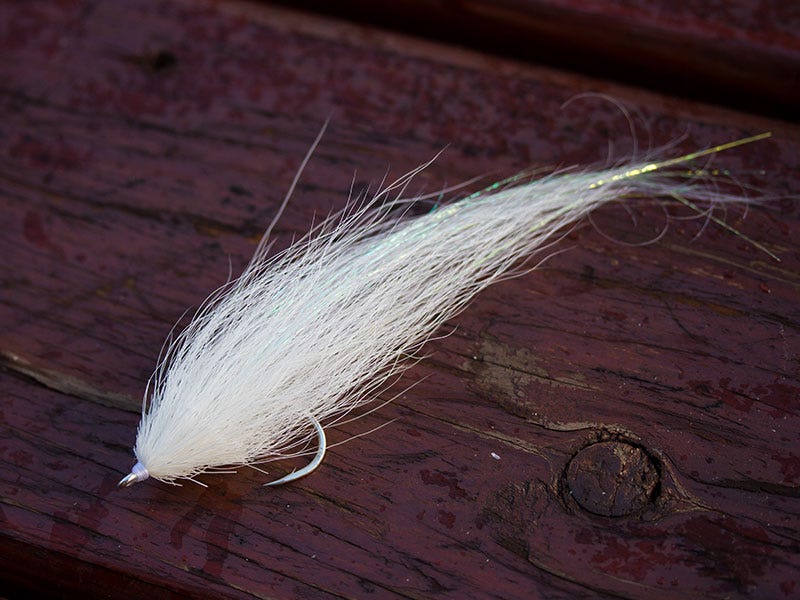
Some of my favorite materials in addition to the Bucktail platform are saddle hackle tails, soft hackle pectoral fins – especially on BULKheads, and peacock herl over-wings for countershading to name a few. These simple additions are what I like to refer to as “freestyling” within the context of a predetermined platform, such as the Bucktail Deceiver and are what makes these two platform flies completely adaptable to any Predator and its forage.
What do Fish Want?
When fishing new bodies of water or when targeting new predator species, the program of figuring out what the fish want can be broken down to cover your forage basics. A high and tight Bucktail Deceiver anywhere from 3 up to 6 inches paired with BULK heads from 3 to 6 inches will cover most forage species across the globe. Tying both in weightless and weighted platforms will allow you to cover various depths and change up your retrieve speeds with the additional trigger of a jig presentation as well. Getting started is the hardest part. Each time you fish and get feedback on what size and profile the fish reacted to, you’ll be able to narrow down the forage size and shape and start to build a specialized arsenal of flies tailored to your specific watershed.
Ever ask yourself, "should I tie my own flies"? Read this.
To be honest with you all, I’m often asked for advice that is well beyond my knowledge or expertise, but what I can do is simply share my experiences. These principles on simplified silhouettes have become the foundation of my tying. From fishing Quake Lake brown trout and the fast water of the Upper Madison River to the Northwood’s smallmouth and musky and most recently, Amazon River peacock bass, these “platform flies” have proved themselves time and time again. I truly hope this brief article and the featured tying videos bring predator fly tying within reach for everyone who has the desire to try it, and that it equips you with the tools to find success within your fishery.
The best fly tying tools and materials are within reach. Check out these.
Bucktail Deceiver with High and Tight Silhouette
Materials:
- Hook: Ahrex 2/0 TP610
- Tail: Bucktail - White
- Tail: 2x Saddle Hackles paired – White
- Tail: Microlon – Gold
- Body 1: Bucktail – White/Yellow blended, Olive Stack on top – Pinched High and Tight
- Flash: Wing N’ Flash – Gold
- Body 2: Bucktail – White/Yellow blended, Olive Stack on top – Pinched High and Tight
- Flash: Wing N’ Flash – Gold
- Head: Bucktail – White/Yellow blended, Olive Stack on top – Pinched High and Tight
- Flash: Wing N’ Flash – Dark Brown
- Eyes: Flashabou Mirage stick-on Eyes – 1/8” attached with Shoe Goo

Bucktail Deceiver with “Wiggle Room in Between”
Materials:
- Hook: Ahrex 1/0 TP610
- Tail: Bucktail – White
- Flash: Wing N’ Flash – Silver
- Body 1: Bucktail – Olive top, White Bottom
- Flash: Wing N’ Flash – Lime top, Silver bottom
- Body 2: Bucktail – Olive top, White Bottom
- Flash: Wing N’ Flash – Lime top, Silver bottom
- Overwing: Peacock Herl
- Head: Flymen Baitfish Head sz. Medium
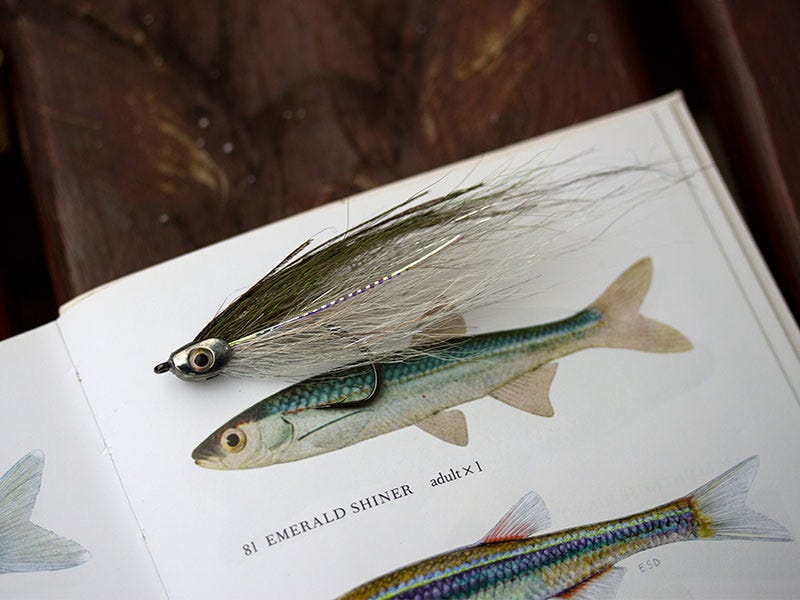
Bulkhead Deceiver with Tubular/Cigar Silhouette – Central Stoneroller
Materials:
- Hook: Ahrex 2/0 TP610
- Tail: Bucktail – White
- Tail: 2x Saddle Hackles –White, 2x Saddle Hackles – Olive, Paired
- Body 1: Bulkhead tie – Olive top, White bottom
- Flash: Wing N’ Flash – Gold
- Body 2: Bulkhead tie – Olive/Black Blended top, White Bottom
- Flash: Wing N’ Flash – Lime top, Opal bottom
- Pec Fins: Marabou Soft Hackle Patch – Tan
- Head: Bulkhead tie – Olive/Black Blended top, White Bottom
- Overwing: Peacock Herl
